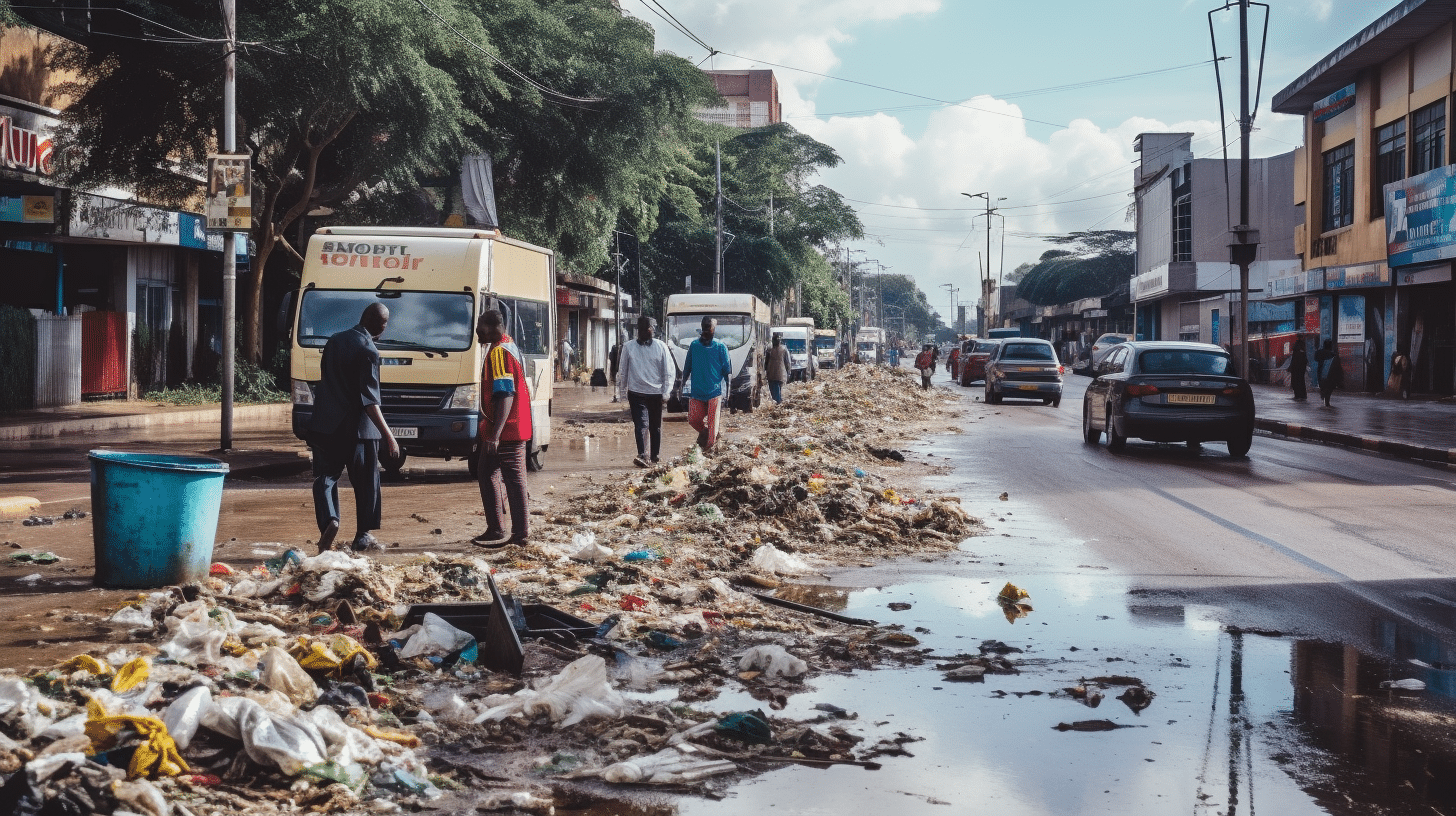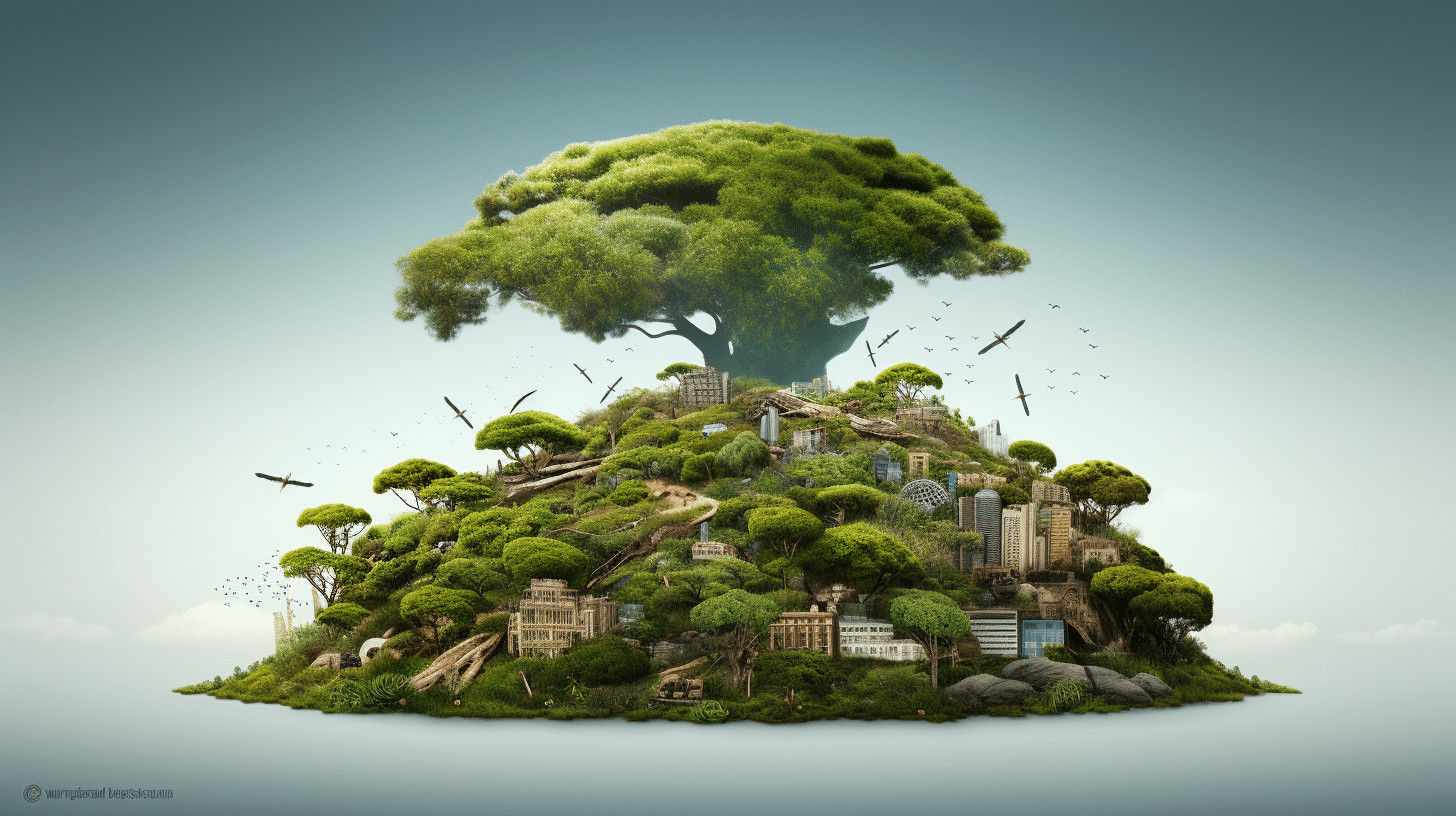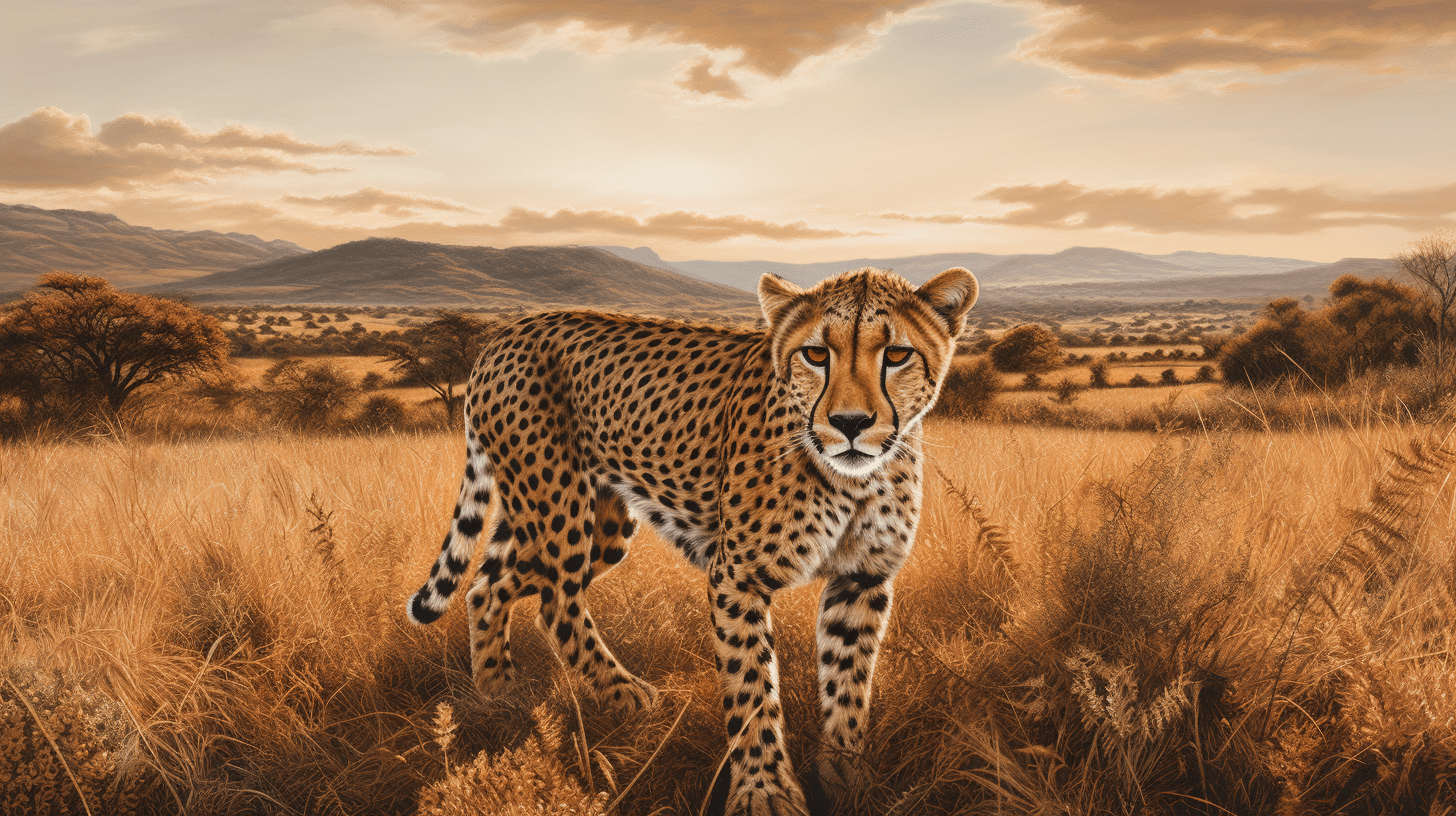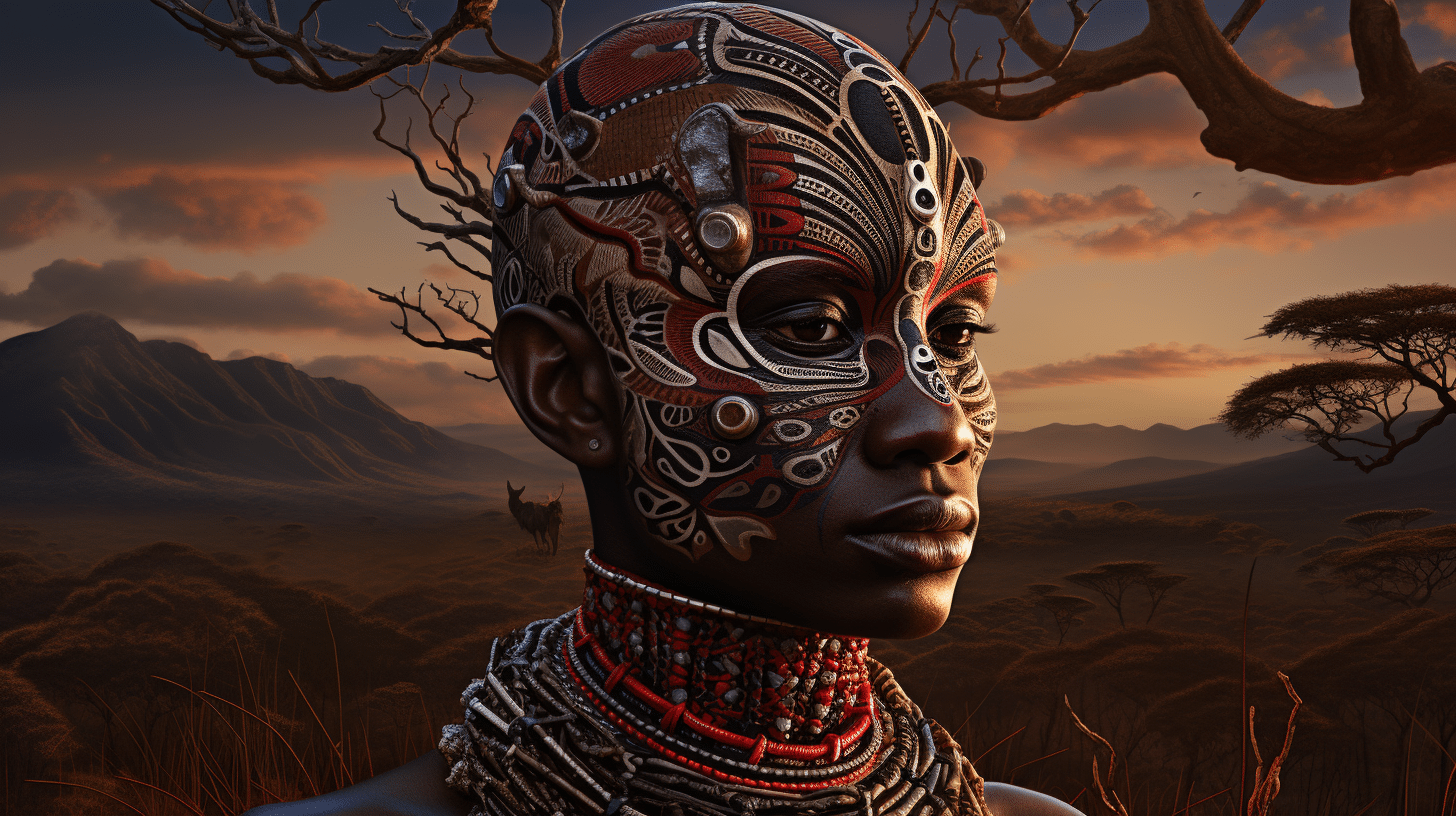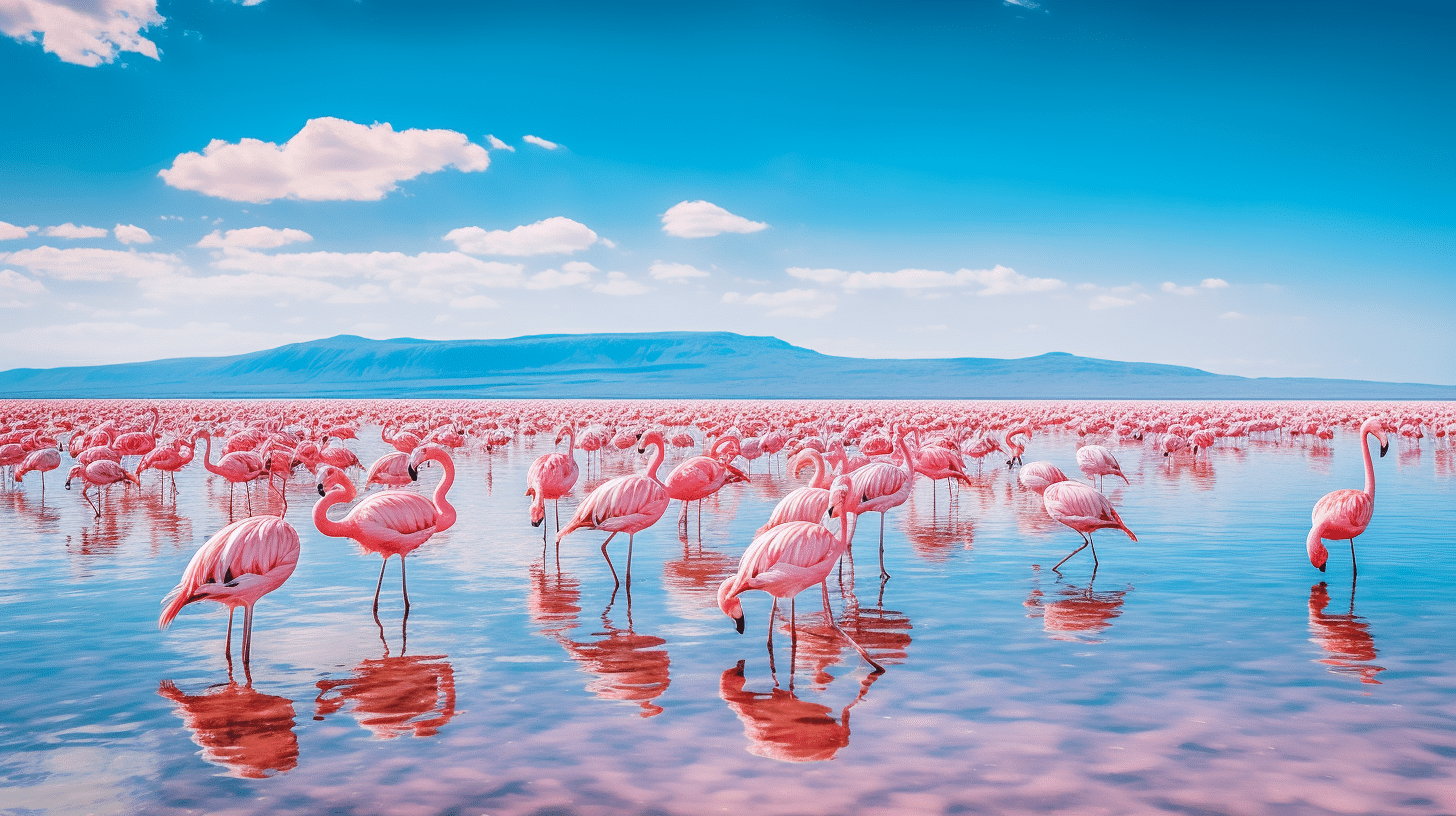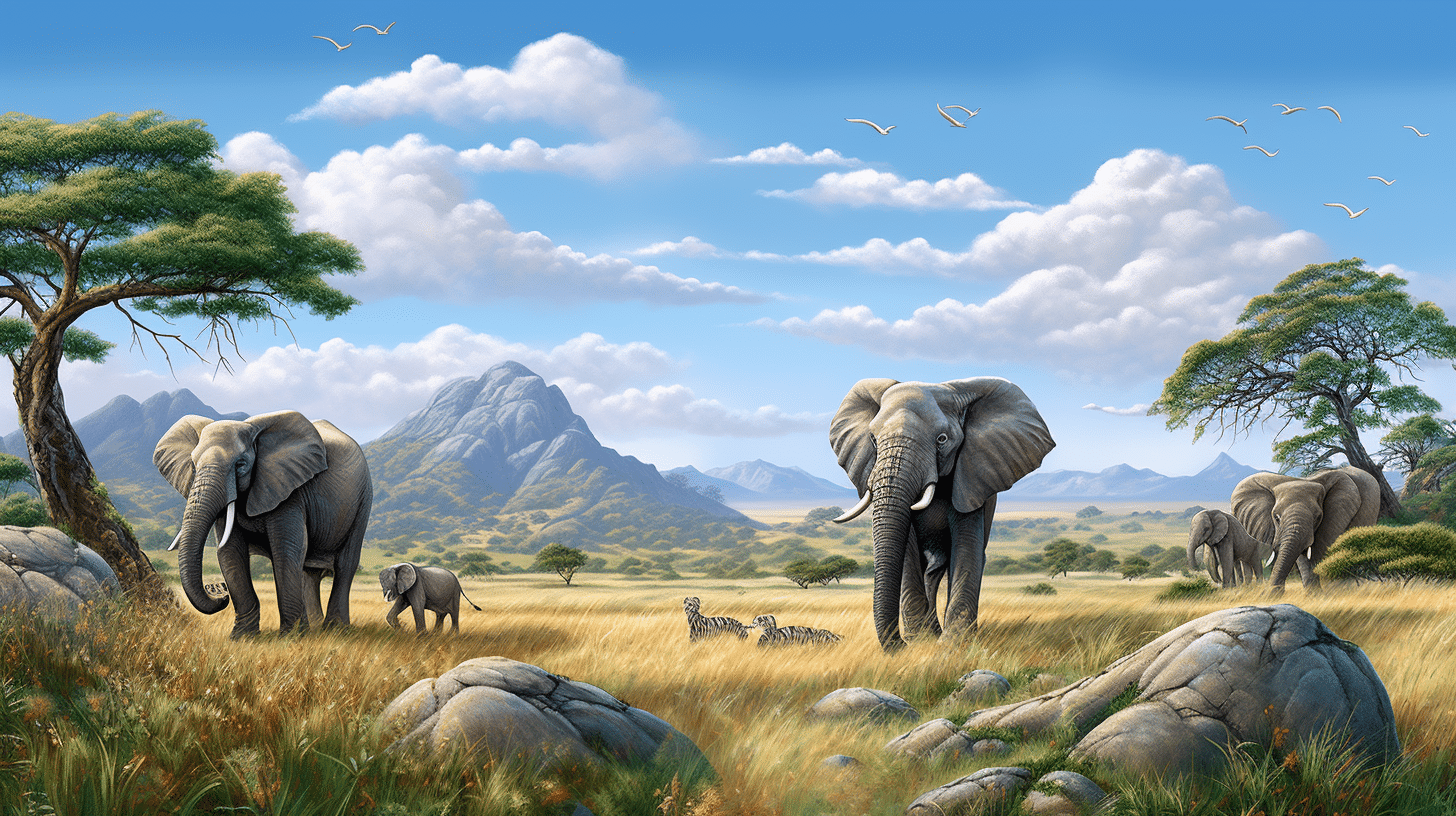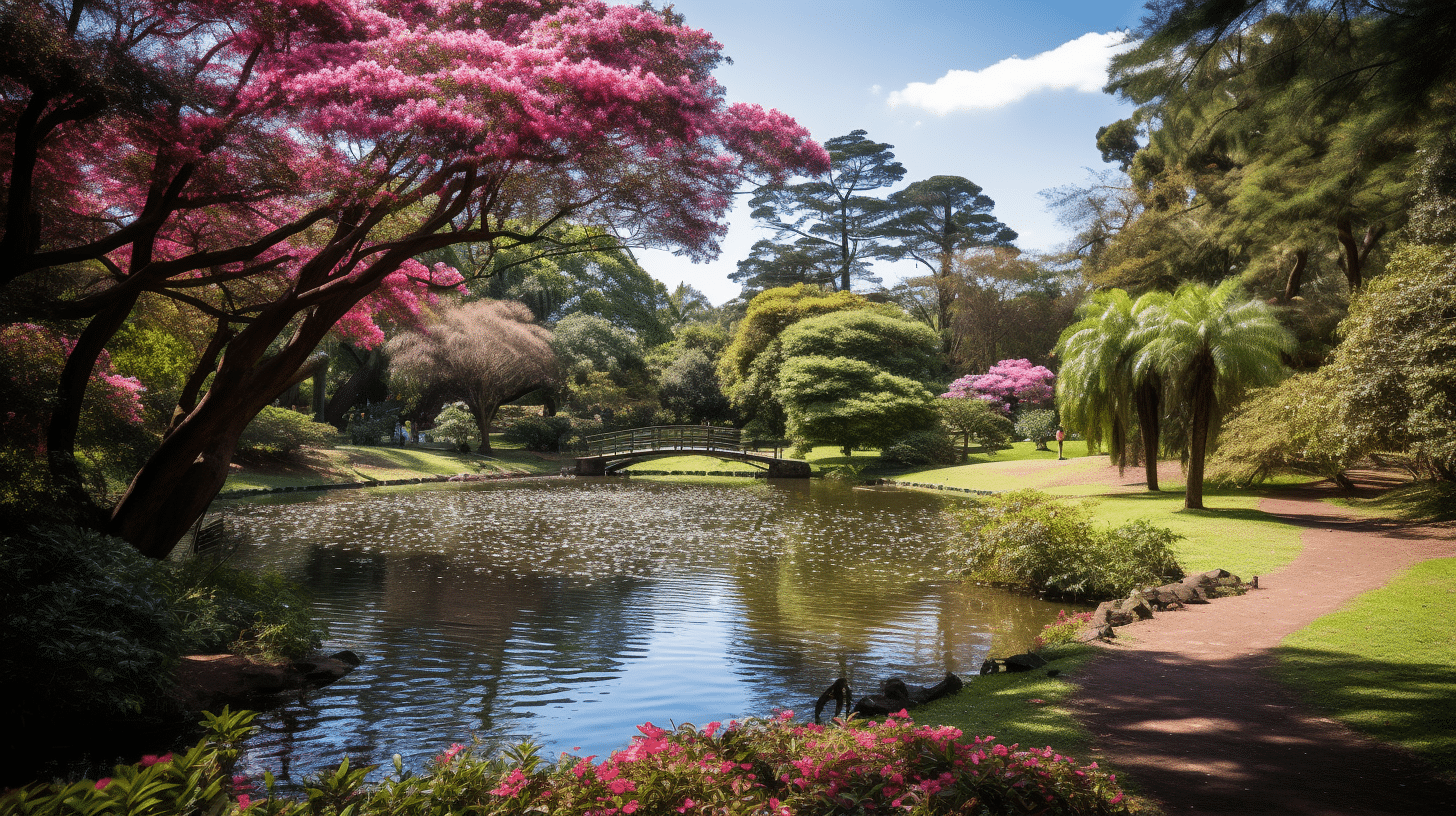Marine areas are one of the best areas which Kenya is privileged to have. Marine areas is considered home to many species both plants and animals and therefore there maintenance should be a priority. Fisheries on the hand is related to marine lands because fisheries is impossible without marine. Fisheries ensure that they offer the best source of white meat in the country in form of different fish ranging in size and variety.
Kenya Marine and Fisheries Research Institute has therefore been established to ensure that the life in the marine land is properly managed and protected. This institute is empowered to carry out research in Marine and Fresh water Fisheries, aquatic Biology, Aquaculture, Environmental Chemistry, Ecology, Hydrological Studies as well as Chemical and Physical Oceanography. As an institution, they have ensured that they collect and disseminate specific information on fisheries resources which will form the basis for their utilization, carry out studies on other marine and fresh water resources, monitoring pollution in fresh water and marine waters as well as carry out socio-economic research on topics related to fisheries environment and other aquatic resources.
The special programmes that they offer include;
Aquaculture Programme
This programme is aimed at investigating new and adoptive culture species and techniques for enhanced fish production in ponds, tanks, raceways and through pen culture. The programme also ensure that they integrate aquaculture production in irrigation systems as well as research on appropriate seed (fingerlings) production, feed formula and production, hatchery development and operations techniques, appropriate stocking levels for different production systems as well as hormonal and genetic manipulation for increased fish production in aquaculture systems.
Fisheries Programme
This programme offered by KMFRI is responsible for the inventorying and assessment of fish stocks, their special and temporal abundance and distribution. This programme also undertakes studies on the interaction between fisheries organisms and their environment, fish population dynamics, fish diseases from natural causes and due to environmental degradation, and investigates adaptive fishing technologies conducive to the environmental conditions. The main activities in this programme are based on the stock assessment and population dynamics of marine and offshore fisheries in the Indian Ocean, Lake Victoria, and other lakes, Research on biology and ecology of commercial and ecologically important fish species as well as provision of advice to potential investors in the sector.
Environment and Ecology Programme
This research programme conducted by KMFRI has the main aim of generating data and information of coastal and marine ecosystems that will enable sound management and sustainable utilization of resources. This programme therefore is a service program which supports and works hand in hand with the other programs within KMFRI. This programme is serviced by three research units which include critical habitats, water, sediment, quality and productivity as well as Oceanography and Meteorology. Environment and Ecology also ensure that the research touches on other areas such as Environmental Chemistry, Sea Grass Ecology, Coastal Geology and Physical Oceanography.
Natural Products Research Programme
This is a natural products and post-harvest technology programme charged with the duty of carrying out research in the aquatic bio-products field. The main research areas of focus have been on bioactive compounds as well as product development from fishery resources. The work of this programme involves value added fish product development and post-harvest control methodologies. In the post-harvest control, improved fish processing methods by smoking and solar drying have been thoroughly research and thereby introduced for use.
Information and Data Management Programme
This programme is focused on collection and disseminating information for use nationally and regionally. The major activities that is involved in this program include acquisition and archiving of datasets from sea observation programs and expeditions on water, updating of the marine species database, conversion of the library catalogue to a digital database, collaboration with national and international projects dealing with the information management as well as management of computer services and internet resources.


